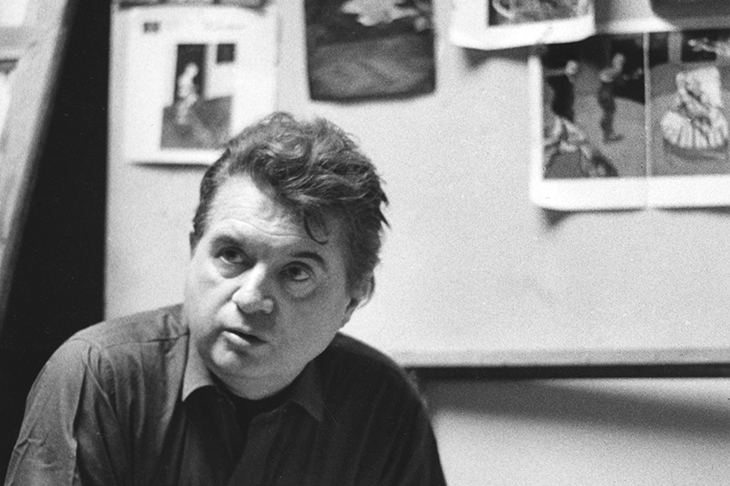In 1953, Francis Bacon’s friends Lucian Freud and Caroline Blackwood were concerned about the painter’s health. His liver was in bad shape, he drank inordinately, his lover had recently thrown him out of a first-floor window in the course of a drunken row, he was taking too many amphetamines and his heart was ‘in tatters’, ‘not a ventricle working’. His doctor had warned if he took one more drink, he informed them over dinner at Wheeler’s restaurant in Soho, he might drop dead on the spot. Then, in ‘an ebullient mood’, the artist ordered champagne.
Of course, Bacon (1909-92) didn’t expire on the spot. Instead, he lived, painted, drank and argued for another four decades. The anecdote is typical of Bacon in its high-spirited posturing on the edge of the abyss, and also in the way it makes one wonder about the facts related. Was Bacon’s doctor really that concerned?
One difficulty for this new biography, and all writing on Bacon, is disentangling the truth of his (always vividly and brilliantly expressed) self-made myth. He was a charismatic talker, and a good deal of the time he didn’t spend at his easel was passed in dialogue with friends, fellow artists, strangers he met in the pub and anyone who took his fancy. And, like all good conversationalists, he was prone to improve mundane events to make them more interesting. Another problem is that virtually everything he said has disappeared, leaving only a few hazy memories.
A hitherto unknown lover has emerged – an upstanding member of the Tory establishment
Frank Auerbach has recalled how he ‘liked making statements, formulating dogma, laying down rules; of course they changed all the time’. It would be fascinating to read a transcript of these colloquies, a little wild and drunken as Auerbach described them. But in common with almost all of Bacon’s words, they vanished into the air, leaving mainly formal interviews, in which Bacon tried to avoid being pinned down, and the occasional letter.







Comments
Join the debate for just £1 a month
Be part of the conversation with other Spectator readers by getting your first three months for £3.
UNLOCK ACCESS Just £1 a monthAlready a subscriber? Log in